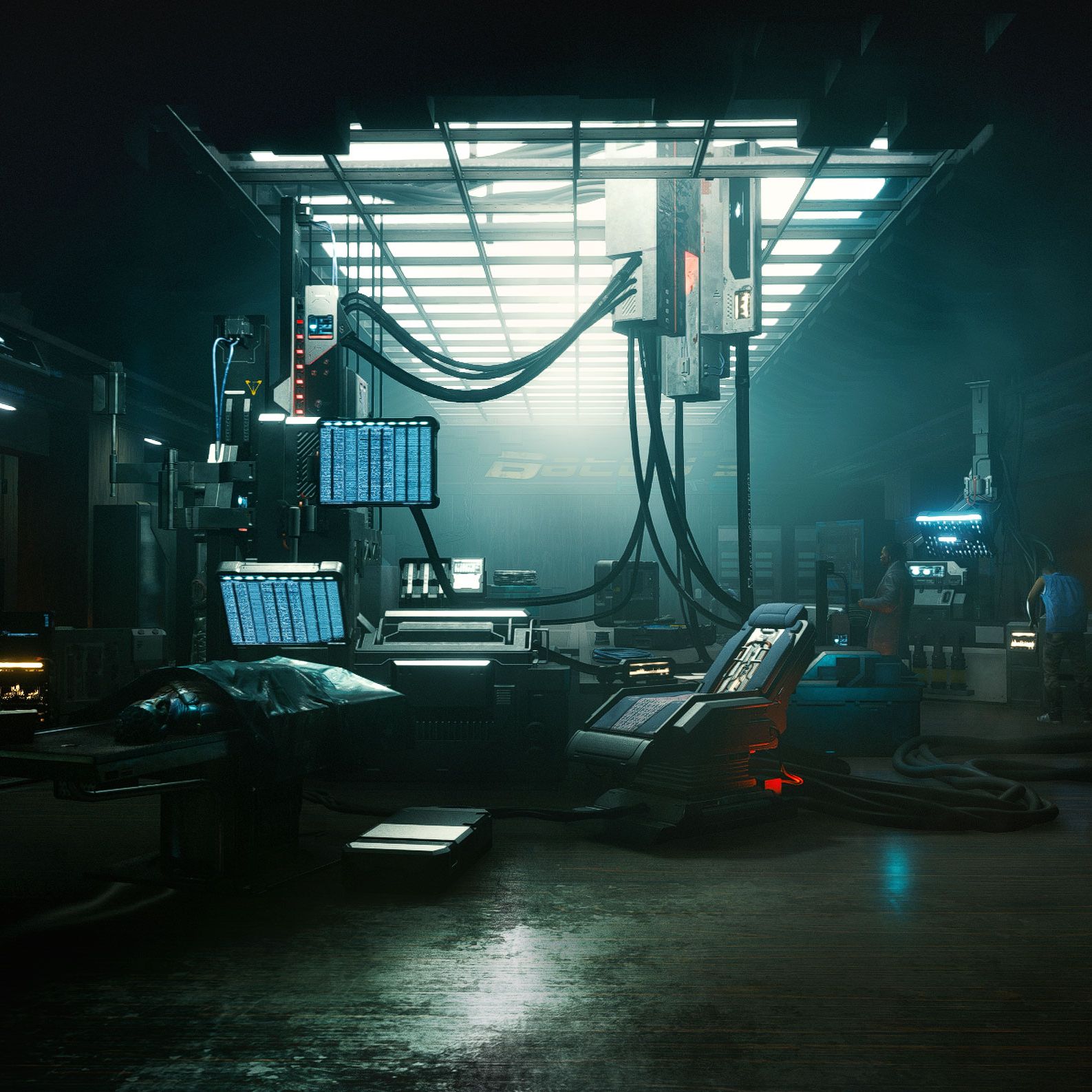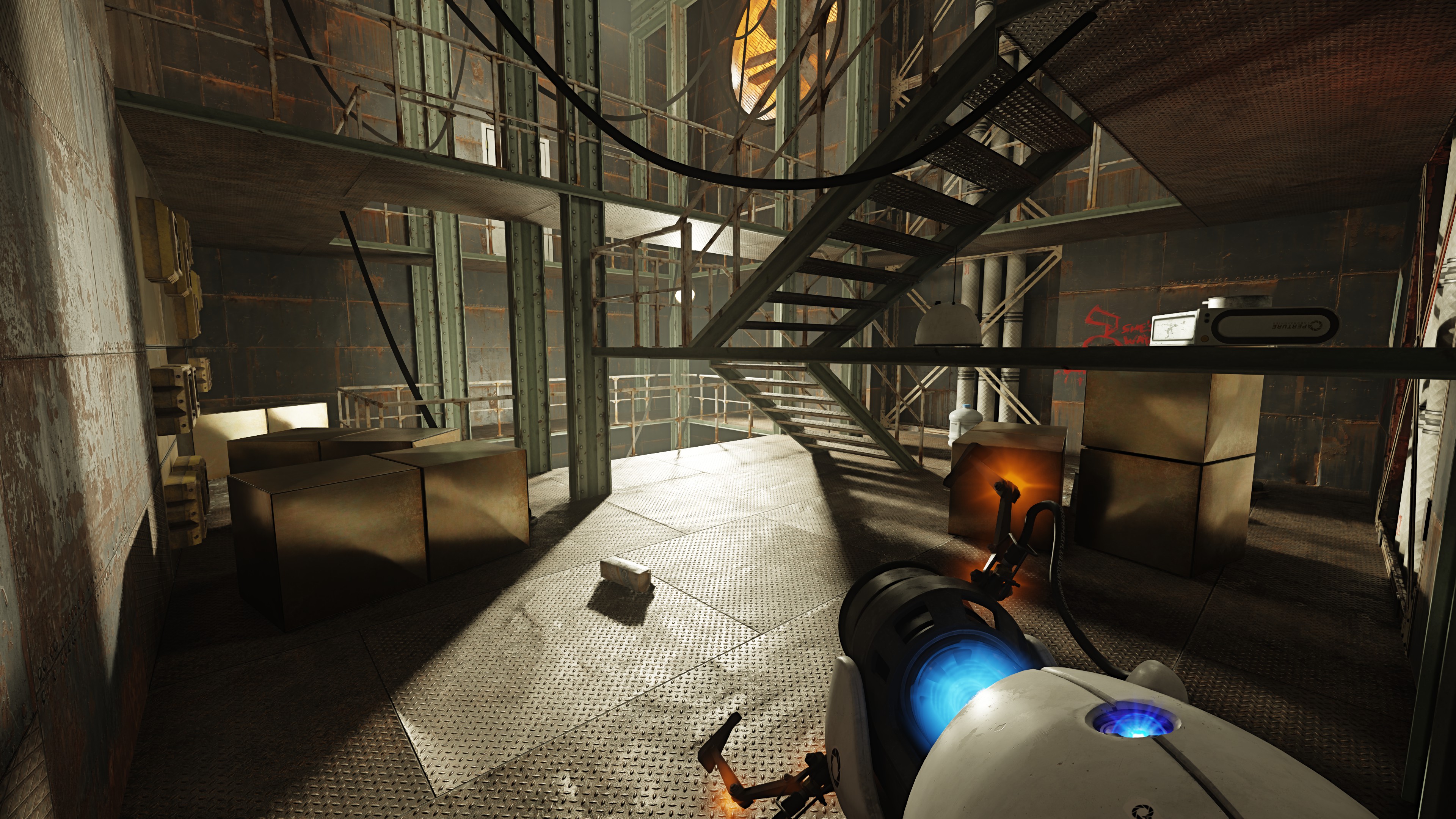In the ever-evolving world of gaming, developers are constantly striving to deliver more realistic and immersive visual experiences. Among the technologies that have revolutionized this field, Ray Tracing stands out as one of the most significant leaps in the history of computer graphics. So, what exactly is this technology? And how is it shaping the future of gaming?

What is Ray Tracing?
Simply put, ray tracing is an advanced technique for simulating the behavior of light in the real world. Instead of using traditional tricks and techniques to mimic reflections and shadows, this technology traces the path of each light ray from its source, monitoring its interaction with various objects in the scene—whether by reflection, refraction, or absorption—before it reaches the viewer's eye (or the virtual camera). The result is stunningly realistic lighting, shadows, and reflections that are difficult to distinguish from reality.
"Ray tracing is the technique modern movies rely on to generate or enhance special effects. Think realistic reflections, refractions and shadows." - NVIDIA Blog [1]
The Difference Between Ray Tracing and Rasterization
For decades, games have relied on Rasterization, a fast process for converting 3D models into 2D pixels on the screen. While efficient, it relies on "shortcuts" to simulate lighting, resulting in less realistic scenes. The following table provides a simplified comparison between the two techniques:
| Feature | Rasterization | Ray Tracing |
| Realism | Less realistic, relies on tricks to simulate light. | High realism, simulates the physical behavior of light. |
| Performance | Very fast, ideal for real-time gaming. | Very slow, requires massive processing power. |
| Shadows | Often have sharp, inaccurate edges. | Soft, accurate shadows that change based on the light source. |
| Reflections | Limited and often faked. | Dynamic and realistic reflections on all surfaces. |

Ray Tracing in Today's Games
Thanks to the massive improvement in the power of graphics cards, especially NVIDIA's RTX series, running ray tracing in real-time has become possible. Many leading games, such as Cyberpunk 2077 and Alan Wake II, have adopted this technology to deliver unprecedented visual experiences. However, the technology still imposes a significant performance overhead, which has led to the development of assistive technologies like DLSS (Deep Learning Super Sampling). DLSS uses artificial intelligence to upscale the image resolution and boost performance without a significant sacrifice in visual quality.

The Future of Graphics
Ray tracing undoubtedly represents the future of graphics in gaming. As hardware and software continue to evolve, we can expect:
•Full Path Tracing: Where all light paths in the scene are traced, providing absolute realism.
•Performance Improvements: The technology will become more efficient and less resource-intensive.
•Wider Adoption: Ray tracing will become a standard feature in all games, not just an add-on.
Conclusion
Ray tracing has opened the door to a whole new level of visual realism in gaming. Although it is still in its early stages of widespread adoption, it is confidently shaping the future of gaming—a future where it is difficult to distinguish between the virtual world and reality.
